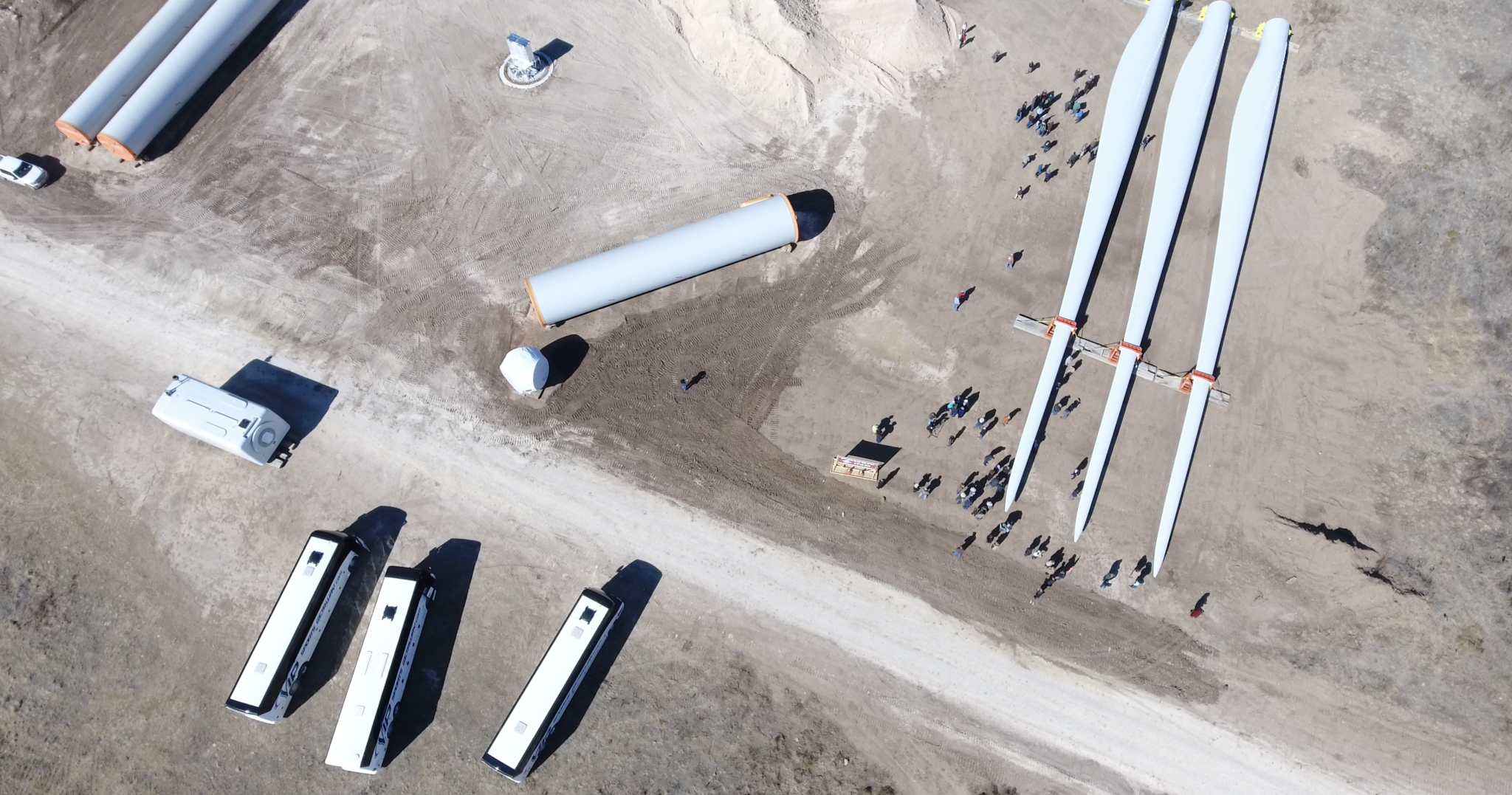A New Approach to Help Close the Digital Divide
Lincoln Land Wind advances rural internet capabilities in Morgan County, Illinois.
The rural countryside of Morgan County, Illinois, lies just forty minutes outside the state capital. Yet in terms of internet connectivity, until recently, residents have felt left behind.
For years, the lack of high-speed internet services has contributed to economic and demographic stagnation in areas like Morgan County. The problem goes beyond the inconvenience of basic websites that are difficult to load and the streaming video that most of us now take for granted being virtually impossible to enjoy. Businesses that require data transfer of any kind, from pharmacies to real estate firms or even movie theaters in the digital age, can no longer set up shop on Main Street. Similarly, manufacturers that depend on state-of-the-art connected machinery can’t compete. The result has been an exodus of businesses and young families across the economic spectrum. Morgan County is no exception, where the population has dwindled since the 1980s.
Of course, COVID restrictions—and the need for remote work and school capabilities—has only exacerbated the situation.
There’s good news for the residents of the City of Jacksonville, Morgan County’s largest town. A new multimillion-dollar residential fiber broadband initiative designed to improve connectivity will benefit every home and business. But the reality for residents of the more rural parts of the county, like countless others nationwide, remains challenging.
Lincoln Land’s internet upgrade plan creates a template with the potential to be replicated at many renewable energy projects, which are often sited in remote, flat stretches of the country.

Delivering a Benefit Replicable Across Rural America
Fortunately, the broadband technology prevalent in many rural parts of the country—fixed wireless internet—is improving by leaps and bounds. In a fixed wireless system, owners send internet signals directly to individual receiving antennae installed at farms and homes, solving the dreaded “last mile” problem. If those towers are connected to fiber lines, upgraded equipment can be installed up-tower to quadruple speeds from 25 megabits per second (mbps) to 100 mbps.
But these infrastructure improvements are costly, and in the rural eastern part of Morgan County where Lincoln Land Wind is located, there were no plans or funding available to upgrade service. That’s when Apex and its project partners recognized that our work on the Lincoln Land Wind project could be expanded to provide a solution. Today, Apex is partnering with the local internet provider, Illinois Electric Cooperative, to fund the cost of running fiber from the existing backbone along the interstate to a key tower and to upgrade the equipment serving the project area. Contrary to a popular opposition claim that wind turbines disrupt service, Lincoln Land will upgrade broadband speeds for more than 250 local internet subscribers. It is easy for cynics to consider 250 households as a drop in the bucket, but the potential to expand this pilot project is enormous.
Lincoln Land’s internet upgrade plan creates a template with the potential to be replicated at many renewable energy projects, which are often sited in remote, flat stretches of the country.
These locations frequently offer only fixed wireless, which relies on a direct line of sight from tower to receiver. Depending on the community’s current internet situation, a renewable energy project has a number of technical solutions to offer: adding towers, upgrading technology, connecting towers to existing fiber lines, affixing fixed wireless equipment to turbines with magnets—or all of the above.
These cost-effective internet solutions move the needle for hundreds of local subscribers—regardless of whether they’re project participants—and aid the broader community, ensuring that internet connectivity isn’t a detractor as families consider relocating to the area or college grads think about moving home to start their career.
Instead, upgraded internet is added to the long list of benefits that renewable energy projects like Lincoln Land bring to their local communities. Combined with approximately $65 million in local tax revenue, $90 million in payments to landowners, nearly 400 full-time local jobs during construction, and nine long-term local operations positions, the breakthrough to help close the digital divide is a service many rural areas would welcome with open arms.


